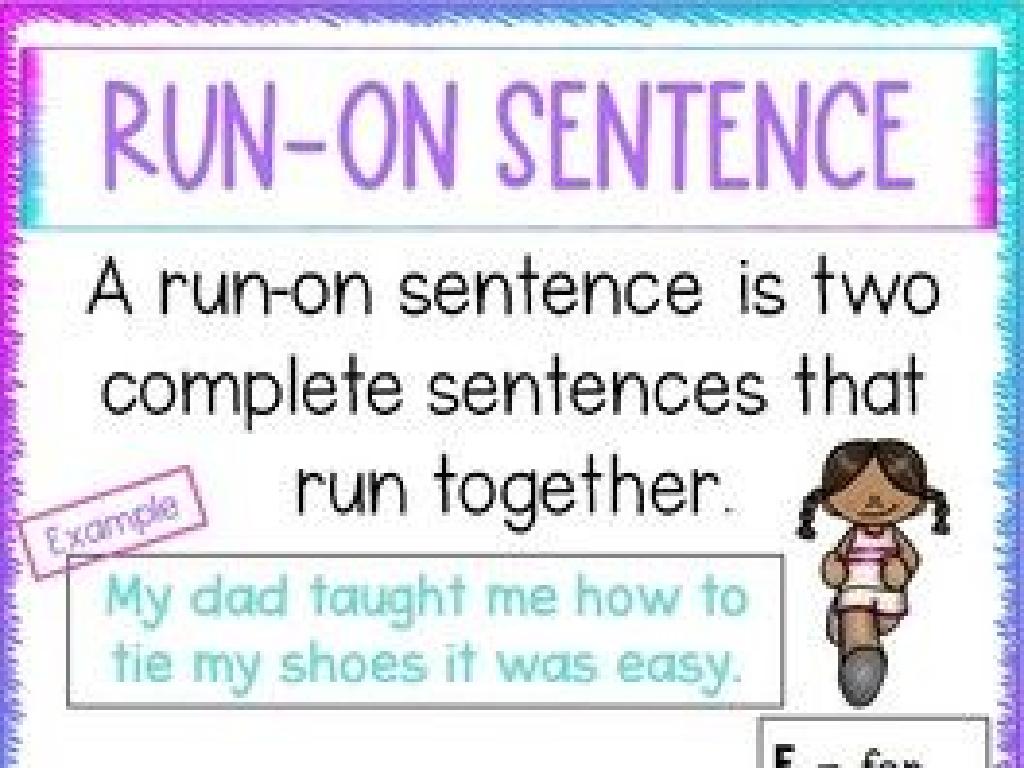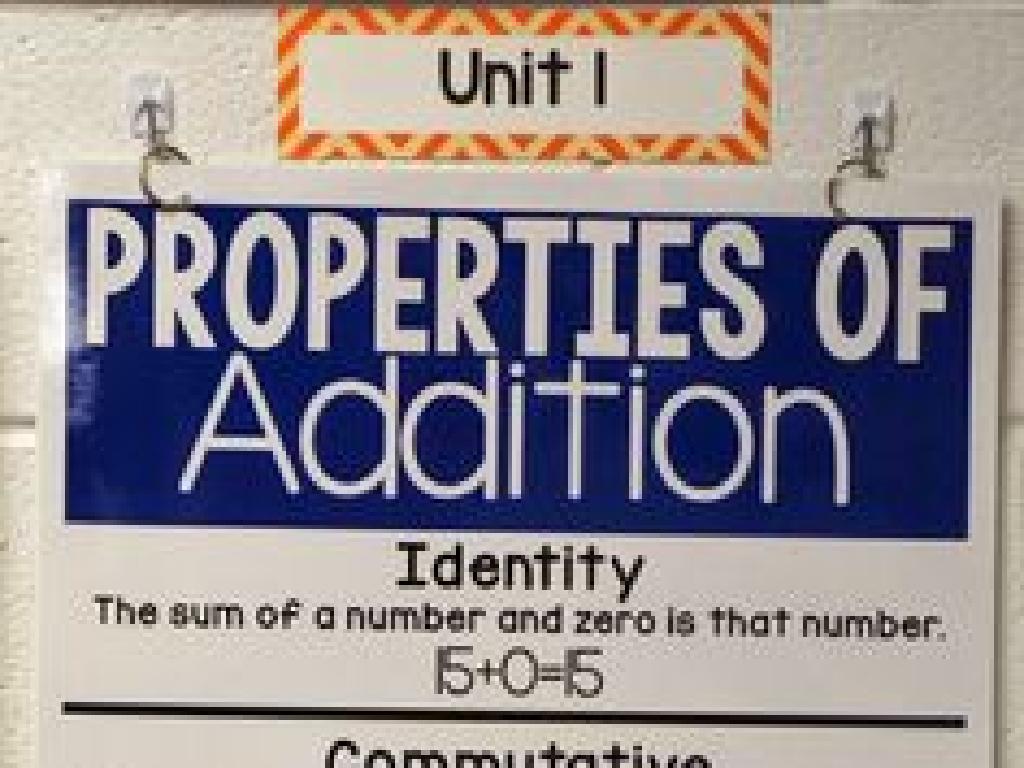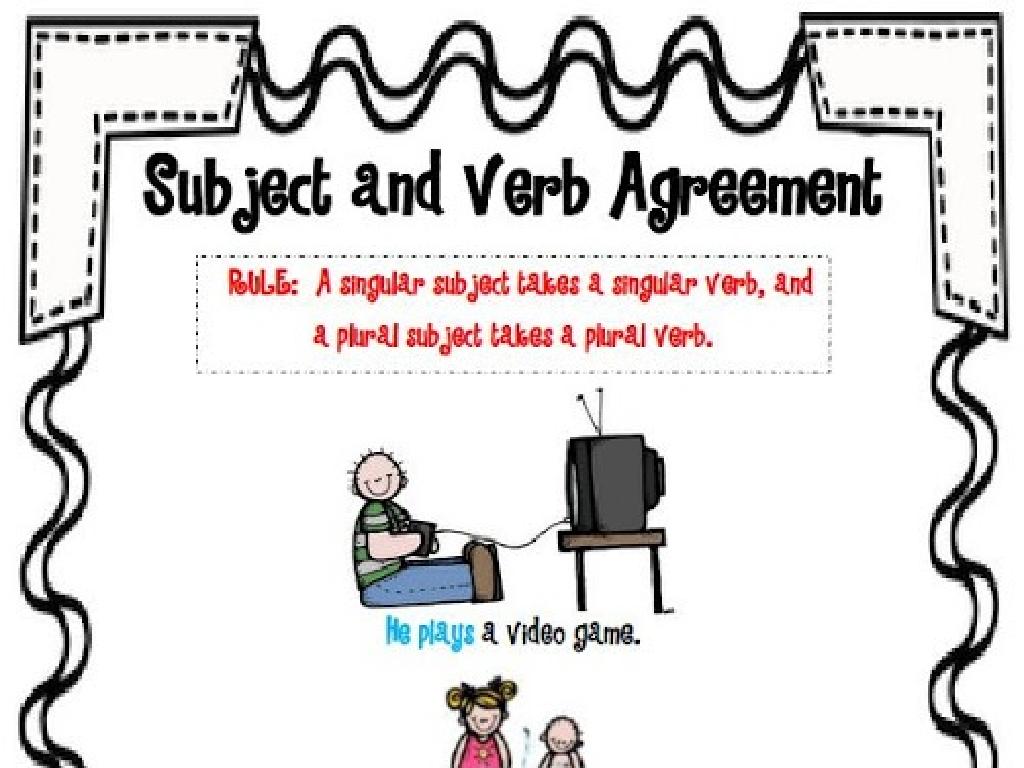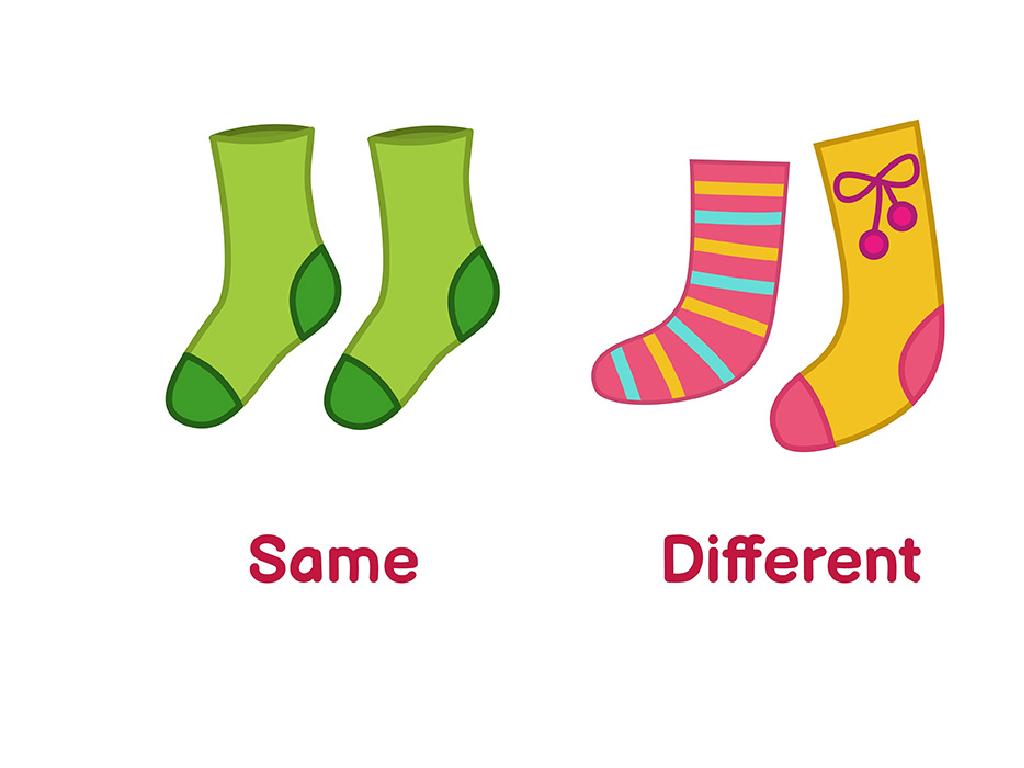Count Up - Up To 20
Subject: Math
Grade: Kindergarten
Topic: Counting Forward And Back To 20
Summary: In this Kindergarten math lesson, students learn to count forward up to 20 using fun visuals, number lines, songs, and hands-on activities. Through games, class exercises, and engaging objects like toys or stars, children build number recognition and sequencing skills. Interactive tasks such as counting with friends and using charts make learning dynamic and enjoyable. The lesson encourages consistent practice at school and home to strengthen fluency in counting.
Please LOG IN to download the presentation. Access is available to registered users only.
View More Content
Welcome to Counting Up to 20!
– Greet our little mathematicians
– Today’s goal: Count up to 20
– Why counting matters
– Counting tells us the quantity of items
– Let’s count things together
– Use toys or objects to practice counting
|
This slide introduces the concept of counting up to 20, which is a fundamental skill in early mathematics education. Start the lesson with a warm greeting to engage the young students and make them feel excited about learning math. Explain that the day’s objective is to learn how to count up to 20. Emphasize the importance of counting as it helps us determine the quantity of items we have, which is a skill they will use daily. Encourage participation by having the children count various objects in the classroom, such as blocks, crayons, or even their friends. This interactive approach will help them grasp the concept of counting in a fun and memorable way. Be prepared with different sets of objects to ensure that every child has a chance to practice counting.
Learning to Count Up to 20
– What is counting?
– Counting means saying numbers one after another.
– Counting is like climbing stairs
– Each number is a step, just like going up each stair.
– Let’s count from 1 to 5
– We’ll start small: one, two, three, four, five!
– Practice makes perfect
|
This slide introduces the concept of counting to Kindergarten students. Begin by explaining that counting is like saying numbers in a specific order, which helps them understand the sequence of numbers. Compare counting to climbing stairs to give a visual and physical activity they can relate to. Practice counting from 1 to 5 as a class, encouraging them to join in and count aloud together. Emphasize the importance of practice to get better at counting. You can use physical objects like blocks or pictures to help them visualize the numbers as they count.
Counting Objects from 1 to 10
– Counting with objects
– Let’s count items like blocks or crayons
– One number for each item
– Match the number of fingers to numbers 1 to 10
– Count different things
– We can count toys, fingers, or friends in class
– Practice makes perfect
|
This slide is aimed at helping Kindergarten students understand the concept of counting from 1 to 10 by using tangible objects. Start by demonstrating the counting process with physical objects such as blocks or crayons, ensuring that each object is counted once. Emphasize the one-to-one correspondence between numbers and objects. Encourage the children to use their fingers or other familiar items to practice counting. This will help them visualize the numbers and understand the quantity they represent. During the class, engage the students in counting exercises using different items to reinforce the concept. The repetition and variety will aid in solidifying their counting skills.
Counting Up: Numbers 11 to 20
– Let’s count from 11 to 20 together
– Match objects to numbers 11-20
– Use toys or blocks to count
– Counting higher numbers is fun
– We’ll use songs and games to learn
– Practice makes us great counters!
– Try counting things at home too!
|
This slide is aimed at helping Kindergarten students become comfortable with counting from 11 to 20. Start by engaging the students in a counting exercise, encouraging them to count aloud together. Introduce physical objects such as toys or blocks to provide a visual and tactile way to understand the numbers. Emphasize that counting higher numbers is not only easy but also enjoyable, using songs and games to reinforce the concept. Encourage practice both in the classroom and at home, suggesting that students count everyday items they encounter to become more confident in their counting skills.
Counting Up to 20 with a Number Line
– Practice counting using a number line
– A number line helps us see the numbers in order
– Start at various numbers, count up to 20
– If we start at 5, what comes after?
– Each step moves to the next number
– Moving one spot to the right gives us the next number
– Always move forward, never backward
|
This slide is designed to help Kindergarten students practice counting up to 20 using a number line as a visual aid. Start by explaining what a number line is and how it can be used to count. Demonstrate counting from different starting points, such as 5, 10, or 15, and show how to move one step to the right to find the next number. Emphasize that counting up means moving forward along the number line. During the activity, encourage students to count out loud and use their fingers to point to the numbers as they count. This will help reinforce their understanding of sequence and number order. Prepare to assist students who may struggle with the concept of always moving to the next number and not skipping any numbers.
Let’s Count Together Up to 20!
– Count classroom objects together
– We’ll use items like books, pencils, and blocks to count.
– Counting is fun with friends
– Take turns with a buddy to count out loud.
– Everyone will count to 20
– We’ll use number lines and fingers to help us get to 20.
– Practice makes perfect
|
This slide is designed to engage Kindergarten students in a fun counting activity. The teacher will facilitate counting objects found in the classroom, such as books, pencils, and blocks, to make the learning process interactive and tangible. Encouraging counting with friends will make the activity more enjoyable and promote teamwork. The teacher should ensure that all students are able to count from 1 to 20 confidently, using tools like number lines or counting on fingers if necessary. The slide emphasizes the importance of practice in learning to count. Possible activities include counting in pairs, counting objects during a ‘math walk’ around the classroom, or using a song to count together. The goal is to create a supportive environment where every child feels included and capable of reaching the target number.
Counting Game: Let’s Count to 20!
– It’s counting game time!
– Count with animals and objects
– Use toys or pictures of animals to count
– Everyone gets a turn to count
– Practice counting up to 20
– Start from 1 and count all the way to 20
|
This interactive game is designed to help Kindergarten students practice counting to 20 in a fun and engaging way. Using tangible items like animal toys or object pictures can make abstract numbers more concrete for young learners. Allow each child to have a turn to count out loud, which will help build their confidence in number sequencing. As a teacher, you can facilitate the game by providing the items to count and guiding the students through the process. Be prepared with different sets of items so that each child has a unique counting experience. Praise their efforts and correct gently if they make mistakes. This activity not only reinforces counting skills but also encourages participation and speaking in front of others.
Class Activity: Counting Stars
– Get your counting chart ready
– Stick stars on the chart
– One star for each number, up to 20
– Count each star out loud
– Say the numbers as you go, 1, 2, 3, …
– Aim for 20 stars on your chart
|
This activity is designed to help Kindergarten students practice counting to 20 in a fun and interactive way. Provide each student with a counting chart and a set of 20 stars. Instruct them to stick one star on the chart for each number they count. Encourage them to count out loud as they place each star to reinforce their understanding of the number sequence. Monitor the students as they work, offering help as needed. Possible variations of the activity could include counting in pairs, using different colored stars for odd and even numbers, or having a race to see who can fill their chart with 20 stars first, while still counting correctly. The goal is to make counting to 20 familiar and enjoyable.
Review and Goodbye: Counting Up to 20
– Excellent work on counting to 20!
– Counting is useful every day
– Like when we share snacks or toys
– Practice counting with family
– Use toys or snacks to count together
– Keep practicing and have fun!
|
This slide is meant to congratulate the students on their achievement in learning to count up to 20. It’s important to reinforce the idea that counting is not just a school activity but a skill they use in everyday life, such as sharing items or determining the number of objects they have. Encourage them to practice counting in a fun way with their family members, using everyday items like toys or during snack time. This will help solidify their understanding and make counting a natural part of their daily routine. As they practice, remind them to enjoy the process of learning and to be proud of their progress.





